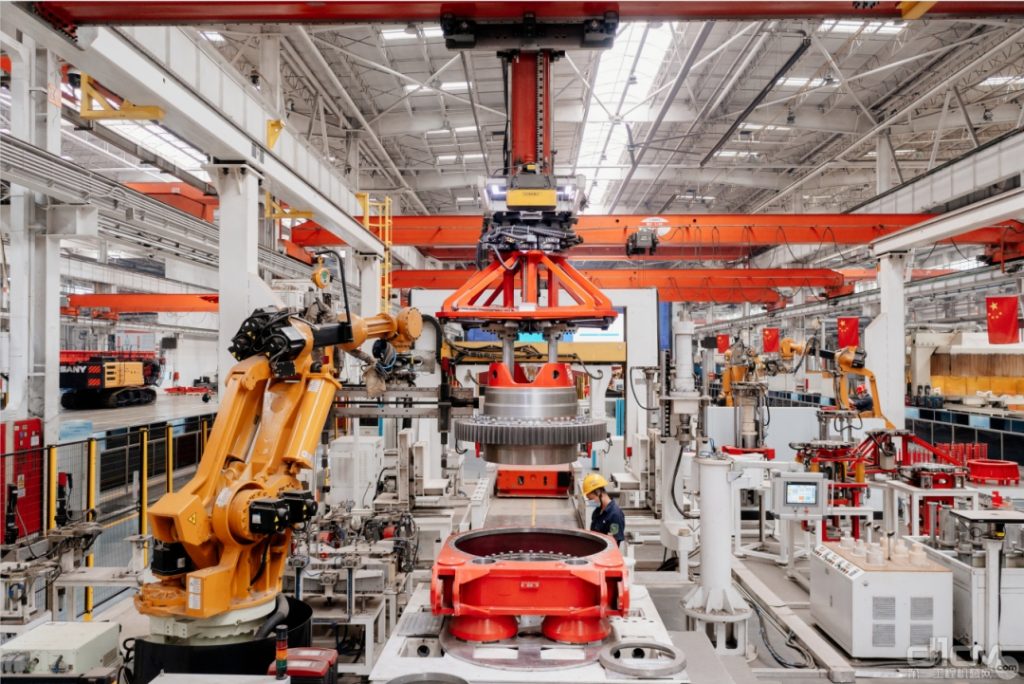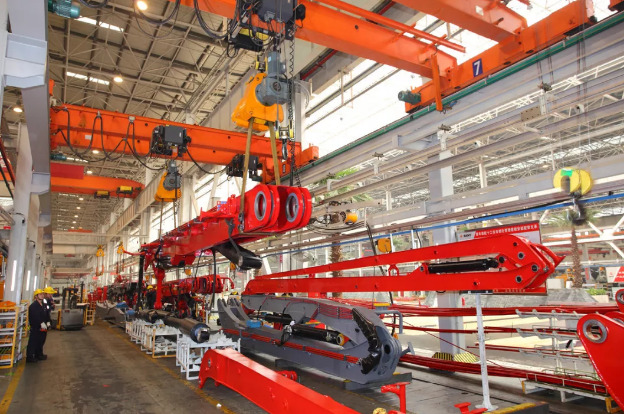In the dynamic landscape of modern industrial production, the integration of labor-saving machinery has become a cornerstone for efficiency and sustainability. As industries continue to evolve, the utilization of advanced technology and automation has significantly transformed how goods are produced, reducing human exertion and enhancing productivity.

Labor-saving machinery encompasses a broad range of equipment designed to minimize the physical input required from human workers. This includes everything from simple hand tools to complex robotic systems and automated assembly lines. The underlying principle behind these mechanisms is to optimize the efforts of human labor by taking over repetitive, heavy, or dangerous tasks, thereby improving working conditions and increasing output.
Auxiliary Manipulator in Manufacturing
One of the most visible areas where labor-saving machinery thrives is in manufacturing. Automated assembly lines powered by programmable logic controllers (PLCs) and robotic arms can perform tasks such as welding, painting, and assembly at speeds and precision that surpass human capabilities. These systems reduce the potential for errors and injuries while ensuring consistent quality and minimizing downtime.
In The Realm of Material Handling
Similarly, in the realm of material handling, machines like electric lift trucks, conveyors, robotic arm and automated guided vehicles (AGVs) have revolutionized the movement and storage of goods within factories and warehouses. Such equipment not only eases the burden on workers but also allows for better space utilization and improved logistics management.
The agricultural sector has also seen tremendous benefits from labor-saving machinery. The introduction of tractors, harvesters, and irrigation systems has greatly reduced the physical toil traditionally associated with farming. By automating processes such as planting, harvesting, and even monitoring crop health through the use of drones and sensors, farmers can manage larger areas with less manual labor and increase their overall yield.
In The Construction Industry
In the construction industry, the use of cranes, excavators, and other heavy machinery plays a crucial role in moving materials and performing tasks that would be unfeasibly strenuous for human workers. This not only accelerates project timelines but also ensures greater safety by removing workers from potentially hazardous environments.
Furthermore, the advent of Industry 4.0 has introduced smart factories where internet-connected devices and cyber-physical systems communicate with each other to optimize production processes. With predictive maintenance and real-time monitoring, labor-saving machinery can now operate more efficiently, predicting faults before they occur and self-adjusting to maximize performance.
Despite the clear advantages, the adoption of labor-saving machinery raises concerns about job displacement and the need for workers to adapt to new skill requirements. As machines take over certain tasks, there is a growing necessity for a workforce with technical knowledge and the ability to maintain and manage these systems.

